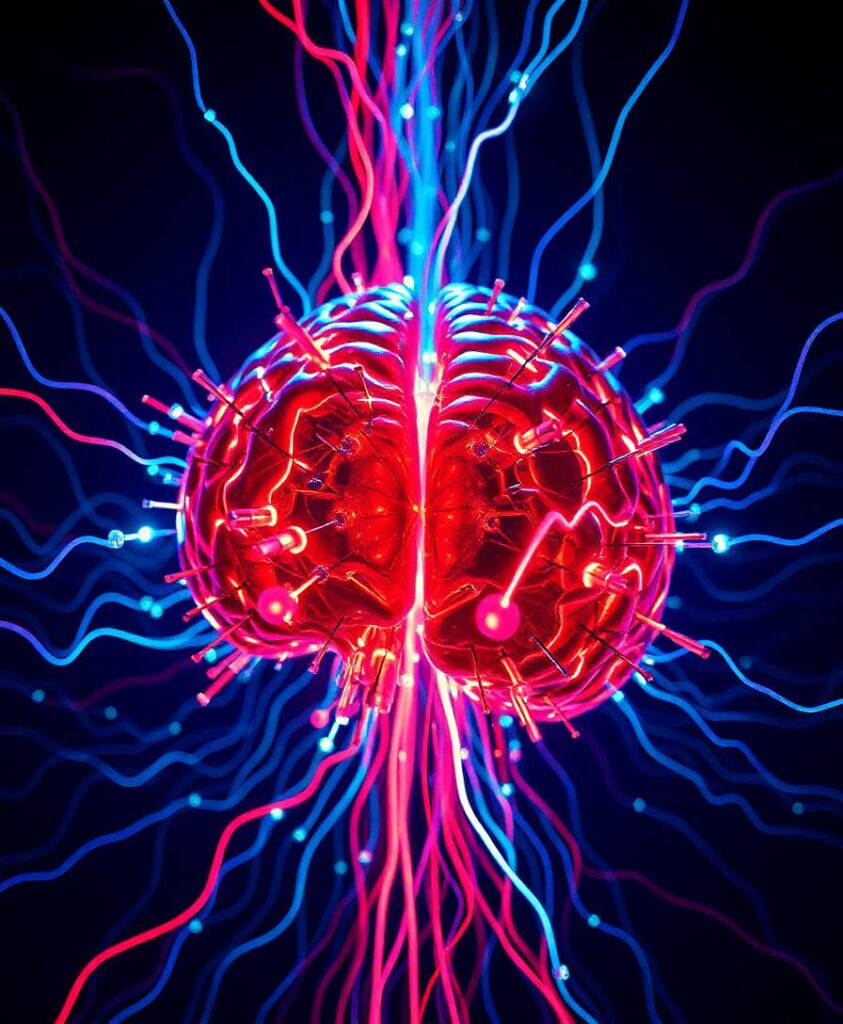Alzheimer’s disease is a neurological disorder characterized by progressive cognitive dysfunction and behavioral impairment that occurs in old. Early diagnosis and treatment of Alzheimer’s disease is great significance. Electroencephalography (EEG) signals can be used to detect Alzheimer’s disease due to its non-invasive advantage. To solve the problem of insufficient analysis by single-channel EEG signal, we analyze the relationship between multiple channels and build PLV framework. To solve the problem of insufficient representation of 1D signal, a threshold-free recursive plot convolution network was constructed to realize 2D representation. To solve the problem of insufficient EEG signal characterization, a fusion algorithm of clinical features and imaging features was proposed to detect Alzheimer’s disease. Experimental results show that the algorithm has good performance and robustness.


